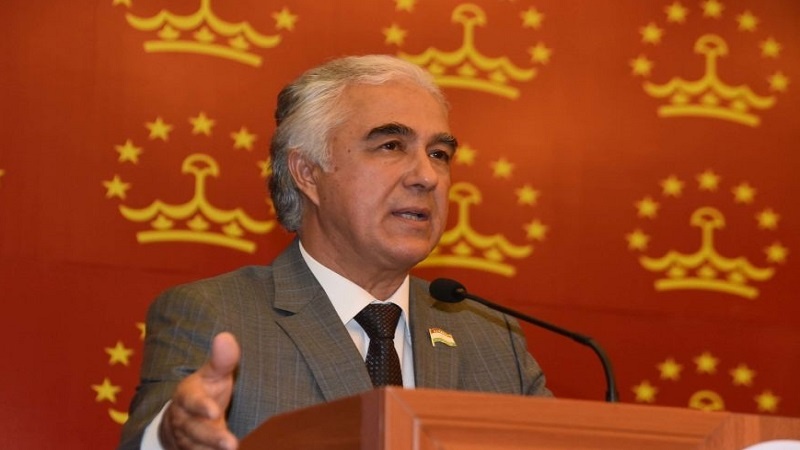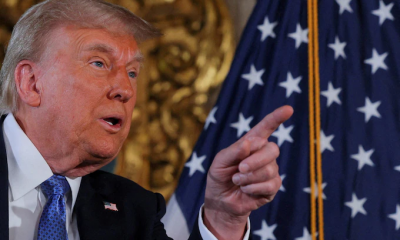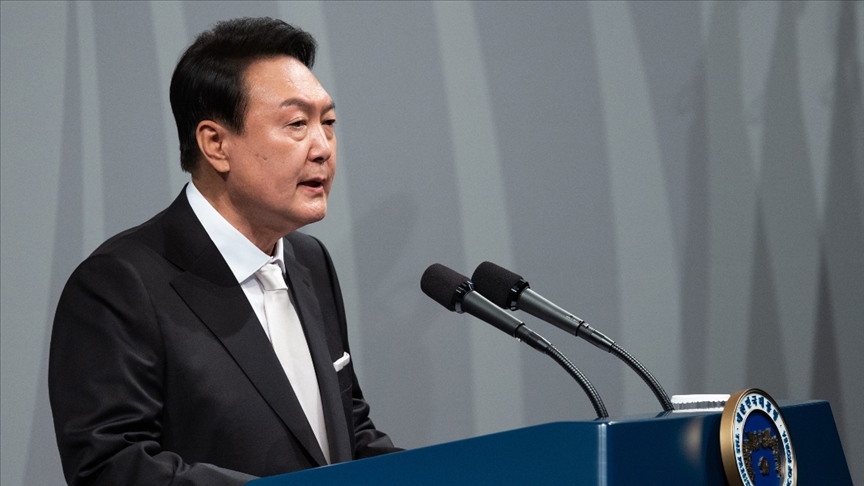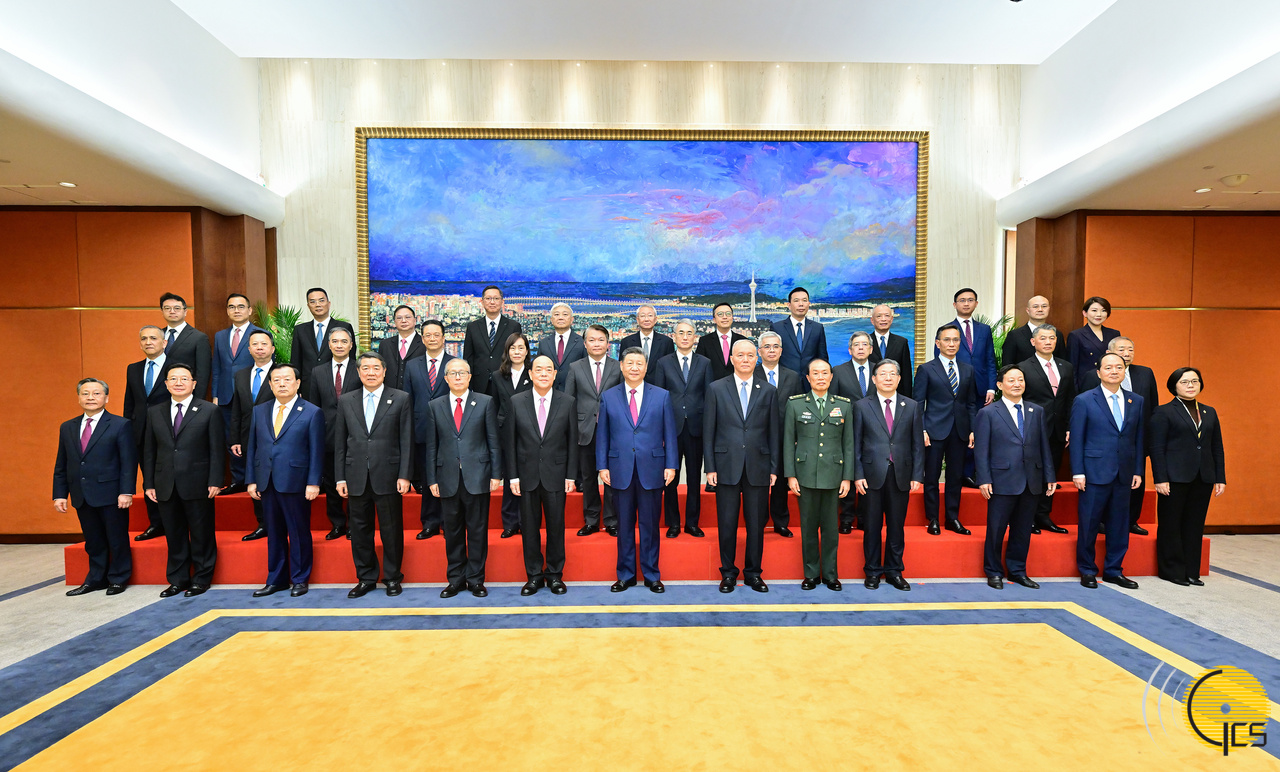The government of Tajikistan is paying serious attention to its security and Dushanbe will turn every available stone to maintain its security, said a top Tajik official.
Speaking to Haraci, Saeed Jafar Usmanav, head of the Democratic Party of Tajikistan, said that there were some reports that the terrorist organizations are planning to attack the borders of Central Asian countries in the spring of 2024.
“We are not buying these statements, and will not take them seriously, nor do we ignore them,” he said, adding Dushanbe has been monitoring all the movements of terrorist organizations through its special networks.
Usmanav said that Dushanbe has been in agreement with the collective security pact as well as with Shanghai Cooperation Organizations for more than ten years, and expressed fear that Afghanistan could pose a threat to the country.
The concern came when some reports surfaced that Taliban had established bases and training centers on the border with the Central Asian countries.
“We see these bases as both, security threat and also not a big threat,” said Usmanav, who is also a close aide to the PM office.
Military bases in zero point of bordering areas are a matter of concern
He said that Tajikistan is ready to respond to any kind of aggression not only from Afghanistan, but from anywhere around the region.
Meanwhile he called on the Taliban not to look for legitimacy from foreign countries instead work for the welfare of the Afghans and get legitimacy from the Afghan people.
He also said that the Taliban had already clashed with the border guards of neighboring countries such as Iran and Pakistan and also lamented that rockets were fired on Uzbekistan and Tajikistan from Afghanistan.
At the same time, he said that Tajikistan is willing to engage with the Taliban, and Dushanbe had not cut the transfer of electricity to Afghanistan. Speaking about Tajikistan’s internal issues and expanding investment, he said that Tajikistan will take every step to make sure there is no threat to the foreign investments by terrorism.
The government has carried out every step and addressed all conditions for foreign investment in Tajikistan. “In the past six months, about 300 million dollars of new investments have been made by Kazakhstan, China, Italy, India, Russia, the United Kingdom and others. So, the ground for investment has been paved here,” he added. He said that at least four to five billion dollars investment has been underway across Tajikistan.
He said that the wave of current investment in Tajikistan is a clear indication that Tajikistan is safe for further investment.
The wave of current investment in Tajikistan speaks loudly of better security
He again emphasized that the threat of terrorism to the Central Asia countries is not immense, but still he said that the government should be very careful as still there is now way that Dushanbe should ignore these threats that can spoil all the development projects.
Speaking about reports that some citizens of Tajikistan are currently in the ranks of terrorist groups, he said that there might be some people, but said that Dushanbe security officials are strong enough to find them and put them behind bars.
Meanwhile, he called on the Taliban to use common sense and move forward to improve relations with neighboring countries, inclining the Central Asian states.
Taliban urged to maintain good ties with neighboring countries
Meanwhile, China said that the Taliban needs to introduce political reforms, mend ties with the neighboring states and improve security before Beijing recognizes them as Afghanistan’s rulers.
Chinese Foreign Ministry Spokesman, Wang Wenbin said that China believes that Afghanistan should not be excluded from the international community. In his weekly press conference, Wang said that Beijing expects that the Taliban should further respond to the expectations of the intentional community and build an inclusive political structure.
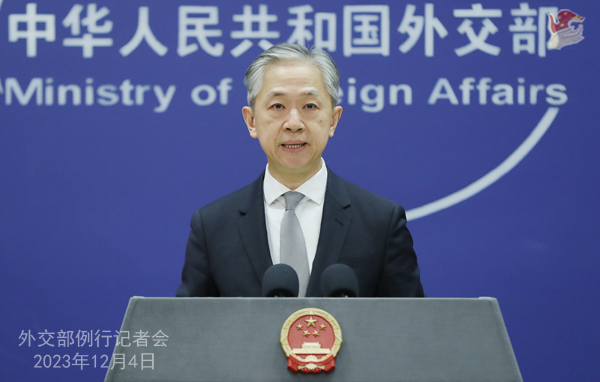
China’s Foreign Ministry Spokesperson Wang Wenbin
He also called upon the Taliban to implement moderate and stable domestic and foreign policies, and hoped that Taliban resolutely combat all types of terrorist forces.
This came when the Taliban has not been officially recognized by any country including China and Tajikistan since their return to power in August 2021, following hasty withdrawal of US troops from Afghanistan.
However, Kabul and Beijing have maintained some ties as both the countries have hosted each other’s ambassadors and continue to work in diplomatic areas.

 EUROPE1 week ago
EUROPE1 week ago
 OPINION2 weeks ago
OPINION2 weeks ago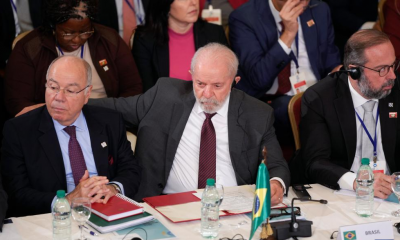
 OPINION1 week ago
OPINION1 week ago
 DIPLOMACY2 weeks ago
DIPLOMACY2 weeks ago
 OPINION2 weeks ago
OPINION2 weeks ago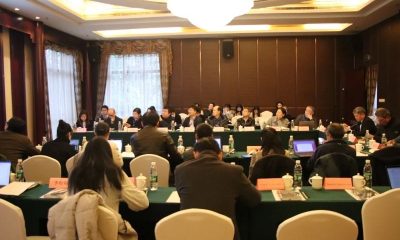
 ASIA1 week ago
ASIA1 week ago
 MIDDLE EAST1 week ago
MIDDLE EAST1 week ago
 MIDDLE EAST2 weeks ago
MIDDLE EAST2 weeks ago
